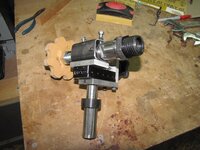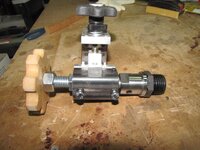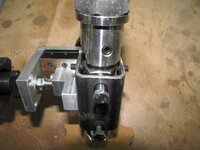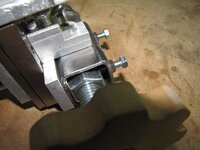JD Combs Sr
Member
Been planning on making myself a threading jig going on 2 years and finally got around to it this past week. The jig is similar to commercially available units that push $300. I have about $122 invested in this one.
These are some of the components that went into making the jig.
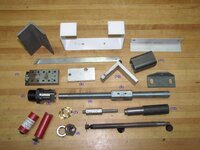
Mounted it looks very similar to factory units.
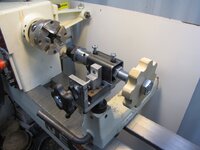
The cutter is identical to those use with factory jigs
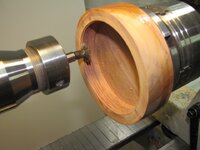
This is a close-up of the threads cut into a quickly turned plum box.
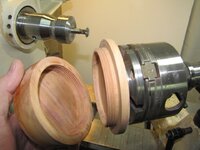
It wasn't an exact fit on first pass but taking an extra slightly deeper pass on the lid made for a great fit. The threads on the lid did not get close enough to the lid flange but a parting tool cut next to the flange solved that problem.
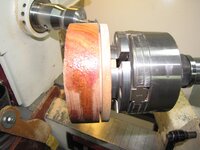
"Continued in the next post"
These are some of the components that went into making the jig.

Mounted it looks very similar to factory units.

The cutter is identical to those use with factory jigs

This is a close-up of the threads cut into a quickly turned plum box.

It wasn't an exact fit on first pass but taking an extra slightly deeper pass on the lid made for a great fit. The threads on the lid did not get close enough to the lid flange but a parting tool cut next to the flange solved that problem.

"Continued in the next post"
Last edited:

